If the UI of your web, desktop, or mobile app is not ready, what should you do?
Regardless of the SDLC model that your organization is using, there will always be a gap between the start of development and the delivery of the very first "build". Developers are humans. They need time to work too, especially if you want to deliver something of value.
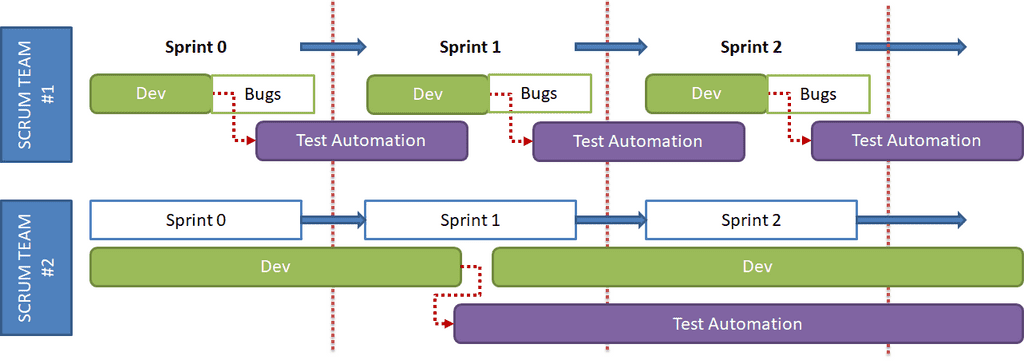
That gap time could range from a few days to several weeks, or "sprints" if you prefer the Scrum lingo. The picture above illustrates this gap. In the upper scenario (#1), test automation can at least start in the same sprint as feature development. But it still bleeds into the next sprint. Scenario #2 is worse. The developers take even more time to finish the feature. Thus, the testers waste the entire sprint doing nothing (maybe tech debts?).
Sitting around waiting idly is of course not an option. The good news is as a Software Automation Engineer, you can start working on many things instead. The correct mindset is to think of the big picture. Don’t just automate the tests. Automate your entire CI/CD pipeline.
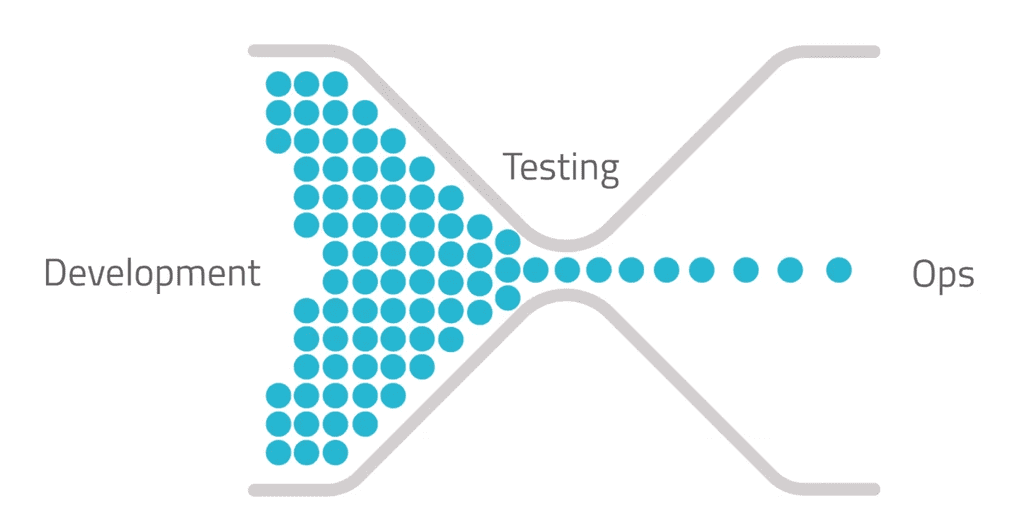
The picture above illustrates the fact that Testing is usually the bottleneck of software deliveries. Don't let that happen. With that in mind, I'd like to outline below some key automation jobs that you can start working on while waiting for the GUI to stabilize.
#1. Automate API Behind the UI
Every UI needs a backend API or multiple APIs to fetch data from. Even static HTML websites built by static site generators like Gatsby, Hugo, Jekyll, etc. require a GraphQL API or at least some REST endpoints. It applies to both web and mobile apps. However, there could be an exception for legacy desktop apps. Not every desktop app exposes its API to the end-users or accessible from an automation perspective.
Whenever the API of your app is ready, automate them ASAP. You can use POSTMAN or any other tool of your choice. If you cannot automate all API scenarios with all possible parameters and returned data, at least focus on the positive cases (happy paths) that are the intended use cases of these APIs.
Tip: If you haven't already known, check out the whole world of contract testing, starting with pact.io. Contract testing helps you ensure that the new API deployments won't break any pre-defined contracts to its API consumers.
The picture below (credit: pact.io) shows various microservices that depend on each other. You can untangle this mess by automating each and every one of them first, then automate the integration tests that consume all of them.
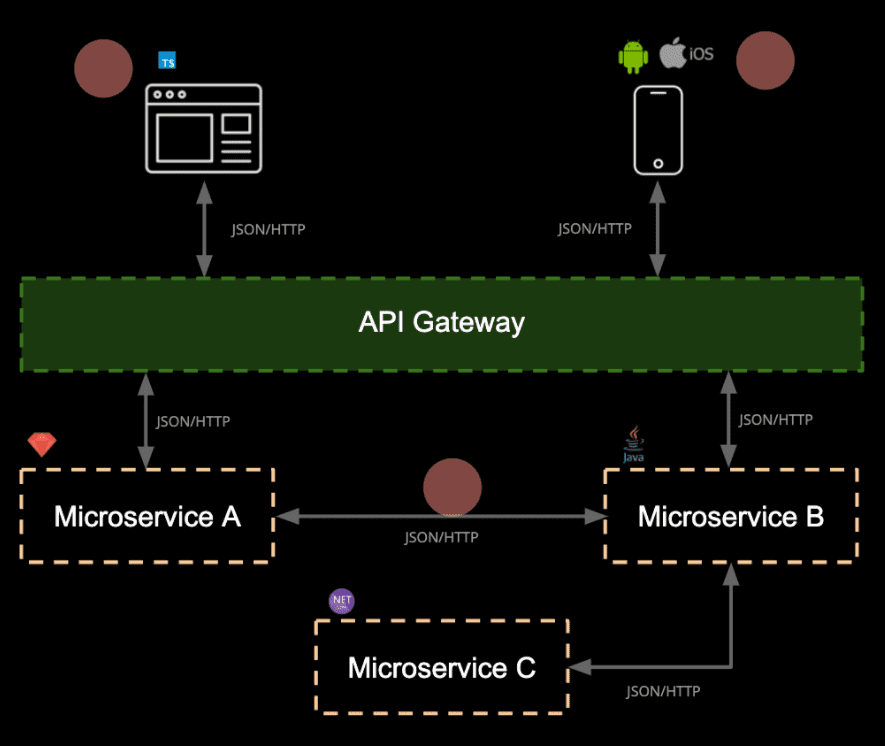
#2. Automate Business-Logics Flows
If the business-logics scenarios are ready, automate them and group them together to form a comprehensive End-to-End (E2E) test suite. This approach usually blends well with the Keyword-Driven Testing (KDT) method. Instead of being specific to the GUI interactions level, you can just start with a "skeleton" of major business steps and verifications.
What do you mean by "business-logics"? For instance, a typical use case of a pizza ordering app consists of [1] logging in, [2] find the nearest restaurant, [3] pick the crust and the topping, [4] specify some extra options, [5] check out and pay, [6] receive the order at your doorstep (offline). Without any understanding of the GUI like the element locators or the platform (mobile, web, or desktop), you can still write the whole flow using keywords.
Tip: Check out Robot Framework - a famoust open-source KDT framework to develop business-logics even before the GUI is ready. Robot FW provides KDT on top of myriad automation plugins ranging from Web to Mobile, Database and Desktop.
The picture below shows the pizza ordering test in another KDT tool called TestArchitect. You can craft business-logics keywords called actions (find restaurant nearby, select pizza, verify cart, etc.) then compose a test using those actions. Note that the actions are all highlighted in red because their contents (each test step describing which buttons to click or which elements to check) are not defined yet.
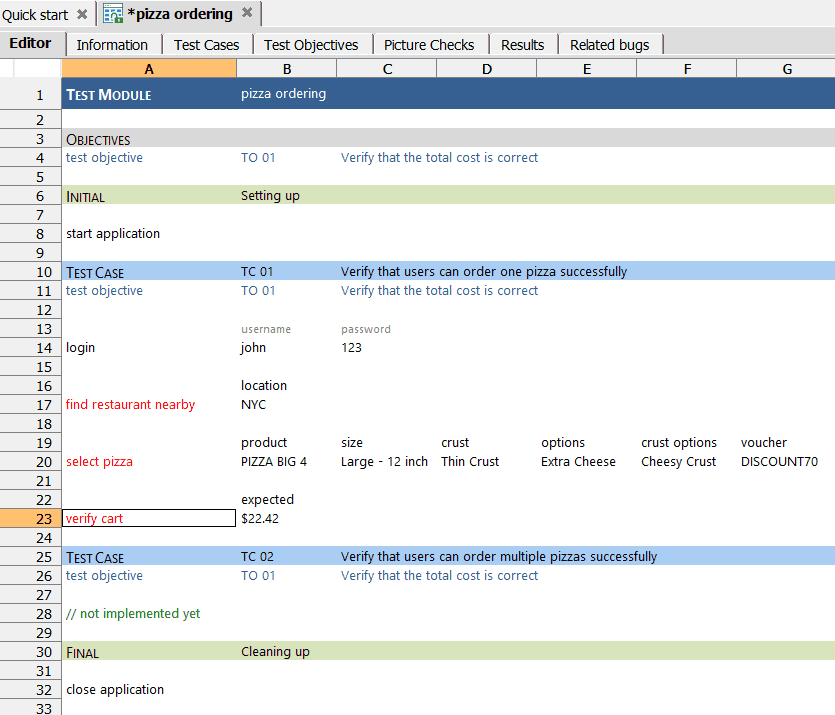
#3. Automate Database
Automate the database queries that fetch the test data for your data-driven tests. This strategy is similar to the API automation above. An app usually connects to a database. So why not make sure that the most common database queries will return the correct data, even before the GUI is ready?
Besides data verifications at the database-level described above, you can also automate the process of test data provisioning. Let's say your UI tests are data-driven - repeating the same steps but with different parameters every time, e.g. different employee records, different sales regions, etc. To feed that test data or a subset of it to those data-driven tests, you'll need to prepare a dataset beforehand and store them somewhere. Manually provisioning test data for every test run is not ideal. Automate it.
Tip: There is a free online tool that helps you "randomize" and generate a realistic dataset for your testing purpose in case you cannot access the real data in the database. Check it out at www.generatedata.com.
The picture below shows some options that you can control on generatedata.com. For instance, you can define a column "Employee Name" and let the tool randomly pick realistic-sounding names like John Doe and Marry Anne.
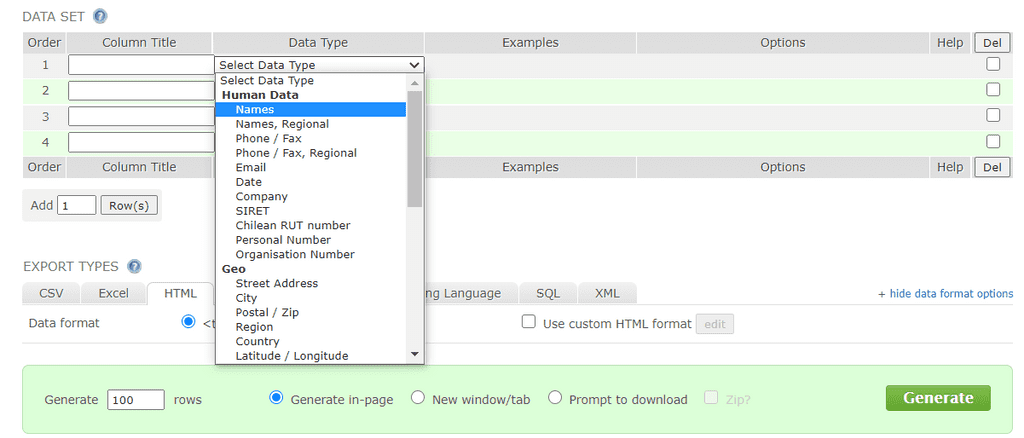
#4. Automate Test Environment
A lot of us usually overlook one key aspect of test automation: automating the creation and teardown of test environments, e.g. provisioning the test VMs, spinning up Docker containers, install software dependencies in each box, deploying the code or app under test, dispatching the tests to a public cloud in a parallel manner, etc.
Without test environments, we cannot run a single automated test let alone parallelizing them to speed up test execution and receive test results faster. Additionally, if our test environment is flaky (not reproducible or immutable every time it's provisioned), we cannot expect our automated tests to be any other than flaky. And everybody knows that debugging flaky tests is a PITA. Better get the test environments under control first.
Tip: Instead of provisioning and managing the test environments yourself, you can take advantage of full SaaS solutions like mabl.com. These SaaS take care of the infrastructure so you just need to pick the browser version and kick off the run.
The picture below separates out different types of test environments: regression testing, integration testing, performance testing, and staging for acceptance testing. Credit: https://www.capgemini.com/2017/02/automated-test-environments-for-devops/

Conclusion
Hope that helps. If you disagree with any point or want to add more, please leave a note in the Comment section below. Happy automating!
DISCLAIMER: I'm not affiliated with or sponsored by any of the tools mentioned in this article or the companies behind them. I receive no commission for directing traffic to those tools whatsoever. All product and company names are the registered trademarks of their original owners. The use of any trade name or trademark is for identification and reference purposes only and does not imply any association with the trademark holder or their brands.
